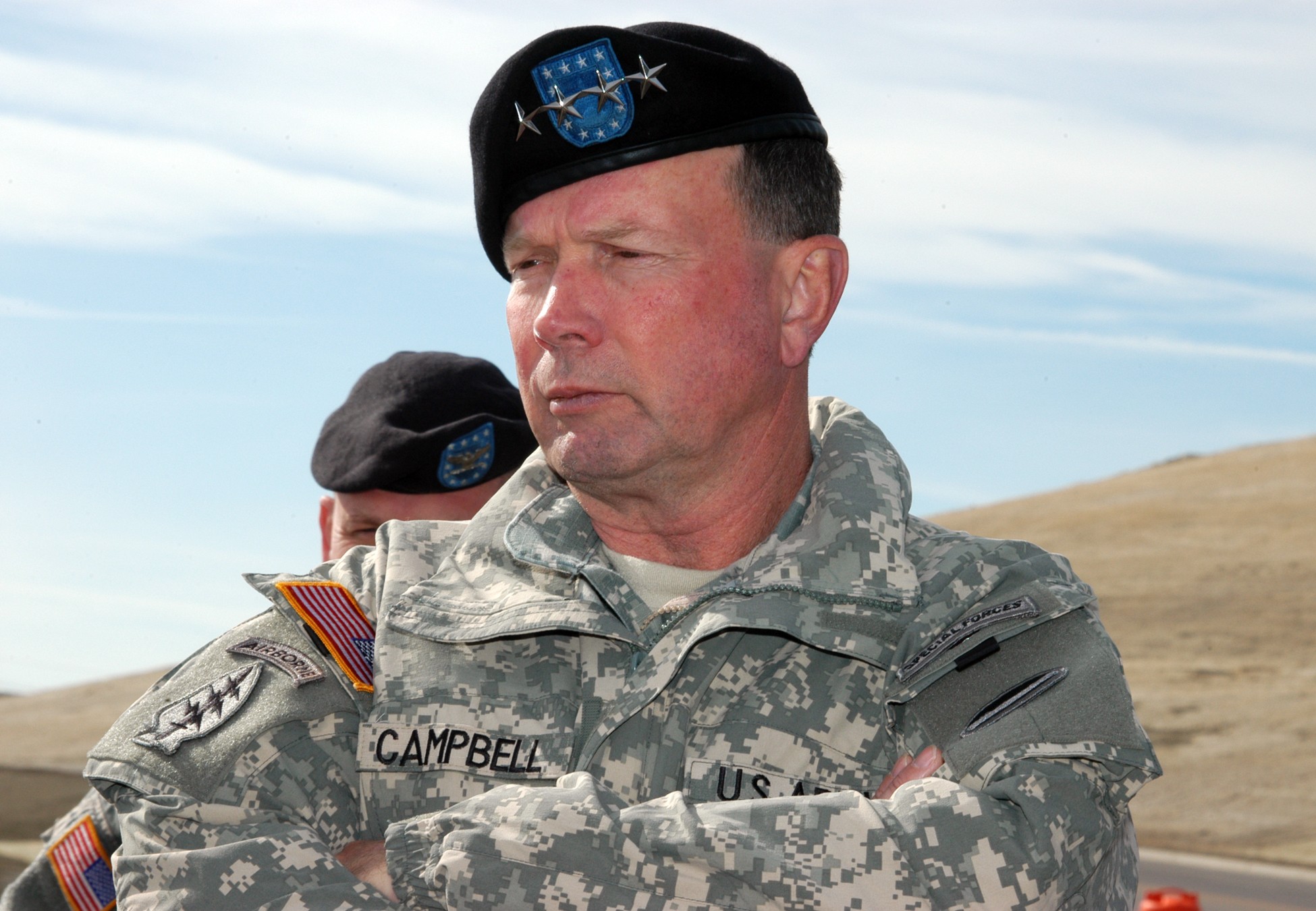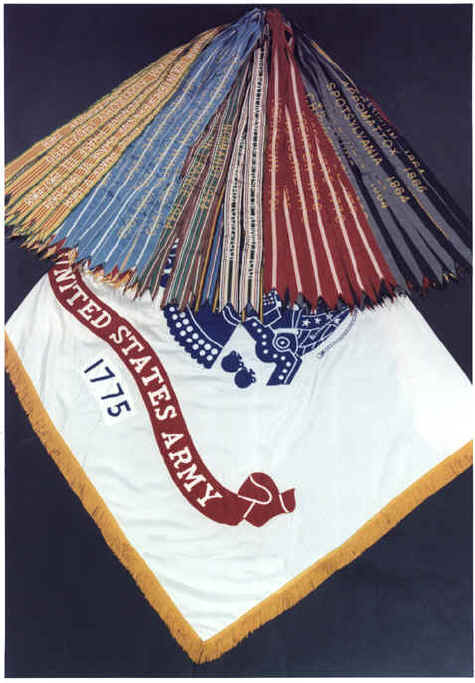.
Remember in the old Westerns; the sheriff at some point would need to chase a band of outlaws. To get enough deputies he would
call out the posse. He would call on some town’s folk and swear them in as deputies and off they would go, and after suitable drama and a gunfight the outlaws would be dead or in jail. It’s a great plot device but it has its origin in reality.
Posse comitatus is a part of the legal heritage we received from England. Until the development of professional police forces it was main means available to local law enforcement if a situation called for more manpower than the sheriff and limited number of full or part time deputies.
Since professional police forces handle law enforcement we now only hear the word
posse used reference to the
Posse Comitatus Act, the speaker saying the Army can’t be used for law enforcement. In view of the recent events surrounding Hurricane Katrina, and border enforcement for both drugs and immigration I think it is time for a review.
Origin
The term posse comitatus, literally translated as the “power of the county”, first appeared in English law in 1411 with the passage of a riot act calling for the sheriffs and justice of the peace together with the “poair de counte” to arrest rioters(13 Hen. 4, c.7 (1411)).” (ref 1)
Basically the Sheriff could call upon any available citizens to put down riots. This has some prior precedent in the practice of a “Hue and Cry” in English common law where able-bodied persons was obligated to help those being attacked by criminals if the victim cried for help. In England
posse comitatus was generally separated from militia and the Army, it was an act of the civil government.
Posse comitatus came to the colonies with British settlement. In most places the Sheriff would call ordinary citizens as a posse. As it developed in the colonies the sheriff would call upon the available military force, the militia, to act as a
posse comitatus. Colonial governors used regular forces when there were some in the colony as a
posse comitatus. They would do this because using the militia or regulars brought with it organization, training, and equipment that would not be present by calling individuals. The Constitution calls for the Militia to be called out “to enforce laws.” When this happened the Militia had it’s police power as a
posse comitatus. This was almost always an act of the state government. After several questions and disputes the Attorney General in 1854 ruled that a US Marshal could call on an Army unit in his jurisdiction as a
posse comitatus. He could do could this without the consent or knowledge of the unit’s superiors or Washington. If the US Marshal needed to use a
posse comitatus there would not be time to contact Washington. Since the Army was very small the opportunities to do this were minimal.
After the Civil war the Army was sent to the South to support reconstruction, and in the West the Army had a larger presence than before the war. It was determined that the local Sheriff could also call on the Army as a
posse comitatus. The Army was often used as a
posse comitatus and sometimes the local authorities abused the power. Because of the abuses Congress passed the Posse Comitatus Act, which prohibited
law enforcement officers from using the Army as a
posse comitatus. It did not prohibit the use of the Army for law enforcement; it placed the decision and responsibility to use the Army as a
posse comitatus squarely on the shoulders of the President. (In 1956 the Air force was added.)
The Law
The text as amended is rather direct.
Use of Army and Air Force as posse comitatus
Whoever, except in cases and under circumstances expressly authorized by the Constitution or Act of Congress, willfully uses any part of the Army or the Air Force as a posse comitatus or otherwise to execute the laws shall be fined under this title or imprisoned not more than two years, or both.
TITLE 18 PART I CHAPTER 67 § 1385.
Title 18 is the federal criminal code. The person who is violating the law is a civilian official, who calls on and Army or Air Force unit as a
posse comitatus with out clear authority of law. As the President is the Commander in Chief he is person who is authorized. No one else can except on clear delegation. The President can only make the decision in expressly authorized situations. The point of the law was to keep other officials from calling out the Army or Air Force as a
posse comitatus and regulate the use, not to prevent the use of the Army and Air Force as a
posse comitatus.
Title 10, governing the armed forces has a similar provision.
Restriction on direct participation by military personnel
The Secretary of Defense shall prescribe such regulations as may be necessary to ensure that any activity (including the provision of any equipment or facility or the assignment or detail of any personnel) under this chapter does not include or permit direct participation by a member of the Army, Navy, Air Force, or Marine Corps in a search, seizure, arrest, or other similar activity unless participation in such activity by such member is otherwise authorized by law.
TITLE 18 PART I CHAPTER 67 § 1385.
DOD uses the Title 10 text to extend the Posse Comitatus Act restrictions to the Navy and Marine Corp, and to place restrictions on the use of military assistance for law enforcement tighter than is required by the Posse Comitatus Act (Title18).
Using the armed forces a posse comitatus?
The Army and Air Force cannot be used
except in cases and under circumstances expressly authorized by the Constitution or Act of Congress for Law enforcement. What are the
"circumstances expressly authorized"?
The most obvious circumstance is not really an exception. The National Guard, when called out as a state militia, is not covered, but then it is operating as a state militia, not as a part of the Army. The call out of the National Guard for hurricane Katrina was as State Militia. This was the result of an interstate compact which is relatively new and which I discussed
here
Another non-circumstance is the Stafford Act. This law governs federal support to states in a natural disaster. It is sometimes confused with
posse comitatus because it authorizes the use of the armed forces. The law is very specific that it is not including federal support to local law enforcement.
The biggest “circumstance expressly authorized” is the Insurrection Act.
§ 331. Federal aid for State governments
Whenever there is an insurrections in any State against its government, the President may, upon the request of its legislature or of its governor if the legislature cannot be convened, call into Federal service such of the militia of the other States, in the number requested by that State, and use such of the armed forces, as he considers necessary to suppress the insurrection.
§ 332. Use of militia and armed forces to enforce Federal authority
Whenever the President considers that unlawful obstructions, combinations, or assemblages, or rebellion against the authority of the United States, make it impracticable to enforce the laws of the United States in any State or Territory by the ordinary course of judicial proceedings, he may call into Federal service such of the militia of any State, and use such of the armed forces, as he considers necessary to enforce those laws or to suppress the rebellion.
§ 333. Interference with State and Federal law
The President, by using the militia or the armed forces, or both, or by any other means, shall take such measures as he considers necessary to suppress, in a State, any insurrection, domestic violence, unlawful combination, or conspiracy, if it—
(1) so hinders the execution of the laws of that State, and of the United States within the State, that any part or class of its people is deprived of a right, privilege, immunity, or protection named in the Constitution and secured by law, and the constituted authorities of that State are unable, fail, or refuse to protect that right, privilege, or immunity, or to give that protection; or
(2) opposes or obstructs the execution of the laws of the United States or impedes the course of justice under those laws.
In any situation covered by clause (1), the State shall be considered to have denied the equal protection of the laws secured by the Constitution.
§ 334. Proclamation to disperse
Whenever the President considers it necessary to use the militia or the armed forces under this chapter, he shall, by proclamation, immediately order the insurgents to disperse and retire peaceably to their abodes within a limited time.
Title 10, Subtitle A, Part 1, Chapter 15
This Act is clearly for handling special situations. Insurrections, enforce Federal authority when it is “impracticable to enforce the laws . . . by the ordinary course of judicial proceedings”, or there is interference with the enforcement of Federal or state laws. The President has to issue a special proclamation. It is not an ordinary means of law enforcement.
Section 1 of #333 is directly concerned with 14th Amendment enforcement, and was the basis for President Eisenhower’s actions in Little Rock, Arkansas, in 1958, The rest of the Insurrection Act limits the presidents authority to enforcing
Federal Law or acting on requests from State governments. This section allows the President to act without a request from the state government
if there is 14th amendment issue. Other than this the Presidents authority is limited to enforcing federal laws or acting at the request of the state. The Little Rock incident of 1958 is often cited in question of why the President can’t use the Armed Forces restore order or enforce the law without a request from the state government, the answer being there usually isn’t a 14th amendment issue. During Hurricane Katrina it would have been illegal for the President to use the armed forces for law enforcement with out a request form the state except on federal property.
The biggest new exception has been laws allowing the use of the Armed forces in border drug operations. This has proved quite controversial because many do not see it as a proper use of the armed forces and others see it a logical extension of Armed forces or a way to provide this service without spending any extra money on law enforcement agencies. This has also created problems because of differences in police and military culture and procedures.
The armed forces can be used to support law enforcement actions without violating the posse comitatus Act if it does not search, seize or arrest anyone or anything. The provision of this type of support is common.
There are a number of minor exceptions, that allow military police to act a police on military reservations, and preventing the Posse Comitatus Act from baring Armed Forces members from testifying in court and similar technicalities.
Analysis
There are several problems/objections to the use of the military for law enforcement.
- The use of military force for ordinary law enforcement is repugnant to the idea of a democracy.
- It can provide a screen behind which political leaders can hide when enforcing unpopular policies. “The military did it, it’s not my fault.” ignoring that they requested the action. It was this type of abuse in the Reconstruction South that led to passing the Posse Comitatus Act.
- It blurs the distinction between ordinary situations and emergencies.
- It is common knee jerk reaction to problem to say, “Call out National Guard” without asking if that is appropriate to the situation, There needs to be a much more aggressive program of informing state and local officials of their roles, the law, the options available in an emergency. I know is this done, but some of the statements by officials after Hurricane Katrina especially in the outlying towns and parishes indicate these officials had no idea what they were talking about.
- The gradual increase in federal jurisdiction since the New Deal has greatly increased the issues where #’s 332 and 333 of the Insurrection Act could apply even if the states do not request assistance. While the expansion of Federal authority is often questioned, it is happening. It carries with it the possibility of the using the Armed Forces as a
posse comitatus to enforce unpopular polices.
- While the skill sets needed for law enforcement and military action overlap there is in fact a difference. A military unit that concentrates on law enforcement will not be spending enough time on military activities to ensure it can go to war on short notice. If it concentrates on combat training it is not training for law enforcement. In the case of National Guard and Reserve units, they normally receive 38 days of training a year. Giving them an additional law enforcement mission is a major reduction of the time available for training for their military mission. For example, National Guard units supporting the Border Patrol for annual training takes away 14 days while on the border and most of the rest of their training time will be spent preparing for this mission, taking the unit off line for it’s military mission.
Opinion
If it were my say, I would strengthen the Posse Comitatus Act, and related legislation, to limit non-emergency support and to require independent approval such as judicial warrent similar to a search warrent.
The use of police forces that have the appropriate training, equipment, and organizational culture for law enforcement actions is always best option.
If a federal law is so unpopular that the armed forces are needed for ordinary enforcement Congress should reexamine the utility of the law.
There is a very clear authorty in
Federal Law (Title 42 Chapter 111) to provide law enforcement support to State and Local authorties. In most situations where one might consider military assistance to local governent there are civilian police agencies that are probally better qualified. The orginal reason for using the military as a
posse comitatus is frequently supercedeed by better options.
Update: July 9th 2010
During the Katrina Hurricane aftermath the President was severely criticized for not using the Armed Forces for law enforcement when the state of Louisiana had not requested the support as required by the constitution and Insurrection Act. In 2006 this was amended to give the President this authority. The amendment was widely objected to and repealed in 2007. If it had stood this would have been a major breech in the federal nature of the Constitution.
References
1.
The Posse Comitatus Act: A Resource Guide
2.
Rand Corp - OVERVIEW OF THE POSSE COMITATUS ACT HTML link
3.
Journal of Homeland Security commentary
4.
Liberation from lawyers
5.
Legal Aspects of Domestic Employment of the Army
Related Posts
The Unorganized Militia
The Unorganizd Militia II
Katrina - National Guard Assitance
 After 40 years of Army service dating back to the Vietnam War, Gen. Charles C. "Hondo" Campbell, commander of U.S. Army Forces Command, will retire here, during a combined retirement/change of command ceremony June 3.
After 40 years of Army service dating back to the Vietnam War, Gen. Charles C. "Hondo" Campbell, commander of U.S. Army Forces Command, will retire here, during a combined retirement/change of command ceremony June 3.
 Book Review:
Book Review:  The Guardian sees war as in exercise of Science.
The Guardian sees war as in exercise of Science. The Manager sees war as an activity to be Managed.
The Manager sees war as an activity to be Managed. The Hero sees war as a Human endeavor.
The Hero sees war as a Human endeavor. Linn’s concepts bring to mind Russell Weigliey’s
Linn’s concepts bring to mind Russell Weigliey’s  Best quote from the book. Linn quotes General Tommy Franks saying; “I’m a warfighter, not a manager”. In the footnote he comments “Franks is quite correct in his assessment of his managerial abilities”
Best quote from the book. Linn quotes General Tommy Franks saying; “I’m a warfighter, not a manager”. In the footnote he comments “Franks is quite correct in his assessment of his managerial abilities”






